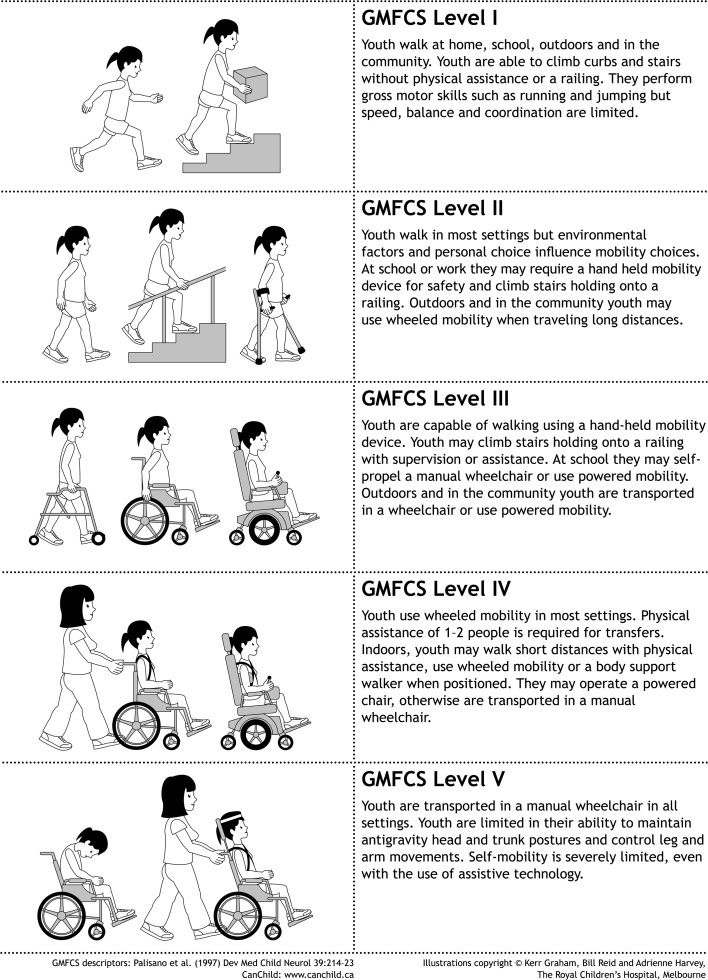Gabrielle Abate, SPT
Background:
• Post Partum Depression (PPD) 10-16% with symptoms lasting up to 1 year.
• Often goes undiagnosed or untreated.
• Adverse effects of pharmacological therapy with breast feeding and the stigma associated with taking antidepressants.
Clinical Scenario:
• 30 year-old female with complaints of low back and hip pain since having her first baby 4 months ago.
• She is worried her pain affects her ability to take care her daughter “the way a mother should”.
• She is taking antidepressant medication, but would rather not because she heard it may be harmful while breastfeeding
• She cannot sleep even if her baby sleeps. She cries daily and worries constantly. She does not feel hungry and is not eating regularly. Making decisions is overwhelming. She says she is not herself.
• Experiences urinary incontinence.
• She has not exercised in years.
PICO Question:
In women diagnosed with post partum depression (PPD) is exercise (including yoga and/or Pilates) a more effective treatment than standard care or no intervention for decreasing depressive symptoms?
Search Strategy:
Search Terms: “Exercise” AND “Post partum depression“ AND “Standard care” or “Usual care”.
Inclusion criteria:
• English language
• Dates 2000-2016
• Women diagnosed with PPD
• Exercise (one article including yoga or Pilates intervention)
• Control group consisting of usual care or no treatment
• Outcome measures
• Edinburg Postnatal Depression Scale (EPDS) score of greater or equal to 10
• Hamilton Depression Scale (HAM-D) score of greater or equal to 10

Results:

Evidence Summary:
• Exercise interventions are statistically significant and clinically meaningful for mild to moderate PPD.
• The experimental group may decrease symptoms quicker than the control group.
Clinical Bottom Line:
• Exercise interventions are statistically significant and clinically meaningful for mild to moderate PPD versus trial medicine especially given the adverse events to the infant.
• CEBM Level 2 recommendation that women diagnosed with mild to moderate PPD could benefit from receiving an exercise program to decrease depressive symptoms compared to usual care or no intervention.
• At long term follow up both groups had similar decrease in depressive symptoms.
Limitations:
• Poor generalizability due to lack of diversity in participant demographics and small sample sizes.
• No blinding of participants.
• Participants in the intervention group were not excluded if taking pharmacological therapies
Application to Case:
Evaluate and treat low back and hip pain while providing education on the benefits of exercise in treating PPD. Additionally, patient is provided with a home exercise program to increase endurance, strength, and flexibility. The program should consist of a walking program and strengthening and stretching exercises which could include a yoga video. Patient will attend therapy twice per week for two weeks and once per week for the next two weeks. Patient is referred to a pelvic floor therapist to treat urinary incontinence.
The Future:
• Exercise is an emerging treatment to treat post partum depression.
• What is our role in treating post partum depression in physical therapy?
o Thorough history-taking
o Adequate time spent with patients throughout care
o Administering a depression scale when applicable
o Tailor treatment plan to our patients’ needs
References:
1. Armstrong and Edwards. The effectiveness of a pram-walking exercise programme in reducing depressive symptomatology for postnatal women. International journal of nursing practice. 2004. 10.4: 177-194.
2. Buttner. Brock. O’Hara, et al. Efficacy of yoga for depressed postpartum women: A randomized controlled trial. Complementary Therapies in Clinical Practice, 2015; 21, 94e100.
3. Da Costa, Lowensteyn, Abrahamowicz, et al. A Randomized clinical trial of exercise to alleviate postpartum depressed mood. Journal of Psychosomatic Obstetrics & Gynecology. 2009. 30(3): 191-200.
4. Daley, Blamey, Jolly, et al. A pragmatic randomized controlled trial to evaluate the effectiveness of a facilitated exercise intervention as a treatment for postnatal depression: the PAM- PeRS trial. Psychological Medicine, 45(11), pp. 2413–2425. doi: 10.1017/S0033291715000409.
5. Shu-Shya Heh, RN, MPhil, Lian-Hua Huang, RN, PhD, Shiao-Ming Ho, EdD, et al. Effectiveness of an Exercise Support Programin Reducing the Severity of Postnatal Depression in Taiwanese Women. BIRTH 35:1 March 2008.

 Inclusion Criteria:
Inclusion Criteria:


































